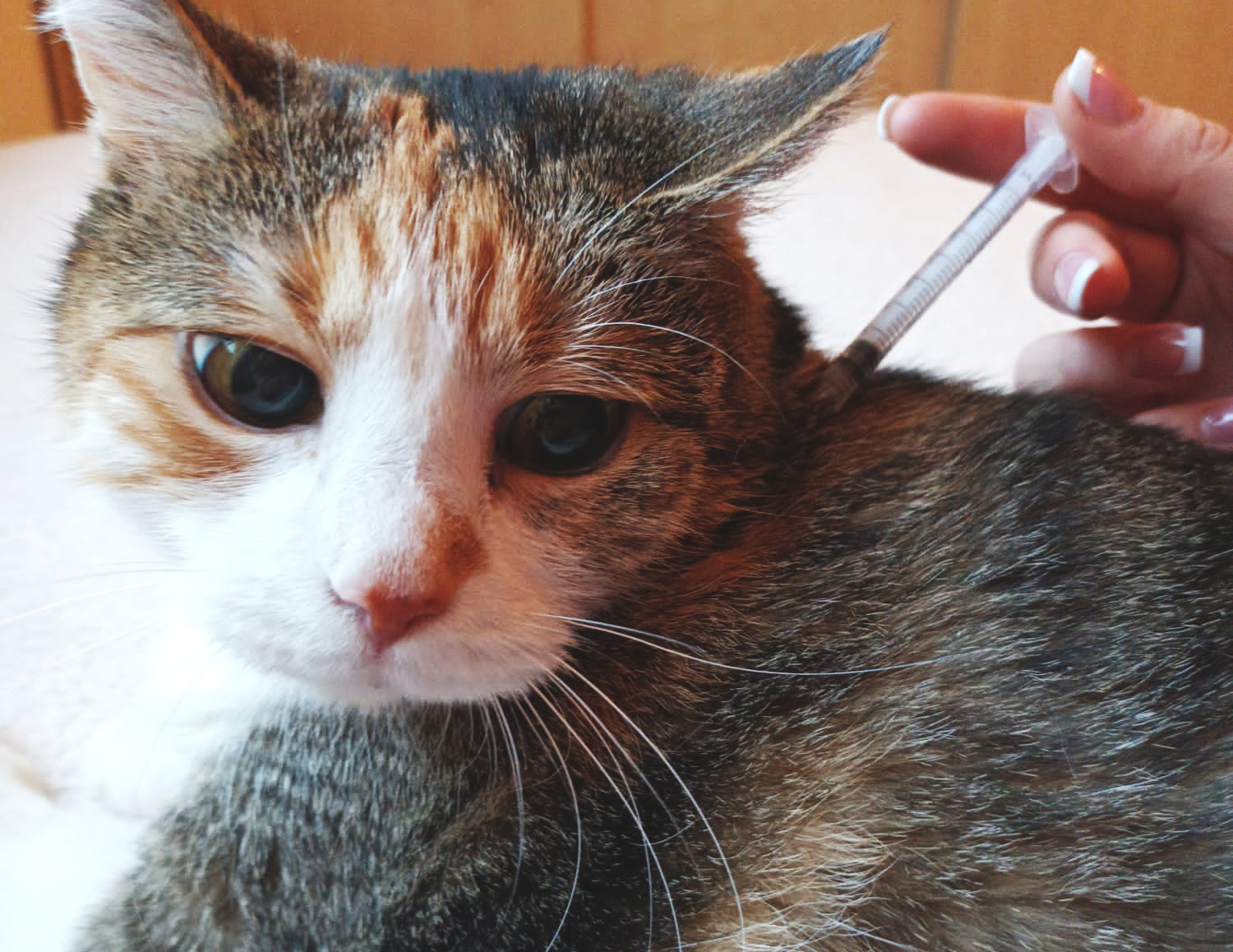The number of cats suffering from diabetes is on the rise. In today’s article, we’ll explore how to recognize if your cat has diabetes and ways to combat this condition.
What is Diabetes?
Diabetes is the inability of the body to produce enough insulin to regulate the blood sugar level, also known as glucose.
If the disease progresses, it can lead to weight loss, loss of appetite, vomiting, dehydration, severe depression, motor problems, coma, and even death—assuming the disease is left untreated.
How Common is Feline Diabetes?
The true prevalence is unknown, but it’s estimated to affect 0.5 to 2% of the cat population. However, this is only an estimate as the disease is often insufficiently diagnosed or mistaken for epilepsy.
Symptoms of Diabetes in Cats
The main symptoms include increased thirst and related increased urination. While it can occur in cats with a normal body weight, it is more common in overweight cats. Some cats with diabetes may exhibit a ravenous appetite because their bodies cannot utilize the fuel supplied in their food.
However, the primary symptom of this disease is rapid weight loss.
Treatment
Once the veterinarian diagnoses the disease, treatment comes into play. Cats, like humans, receive insulin injections regularly. It may sound daunting, but there’s nothing to fear if you find the right way to handle it with your feline companion. Typically, insulin is injected under the skin behind the head, where it is least painful for cats, if not entirely painless.
Treatment also involves special diabetic nutrition, consisting of particular granules that support the correct blood sugar level.
Life with a Diabetic Pet
If you adhere to the insulin regimen and support it with adjusted nutrition, your pet can live as high a quality of life as before. While it may seem that life with an illness cannot be happy, this is a misconception. Your pet will get used to regular insulin injections, enjoy the chosen granules, and, most importantly, be immensely grateful for the chance at life—cats can sense it!
Can a Cat Recover from Diabetes?
Usually, diabetes cannot be cured. For some cats, when you begin treating their diabetes, control their blood sugar levels, and improve their physical condition, diabetes may go into remission or partial remission. This means the disease takes a back seat. Some cats experience this state for many months, and for some, it can last several years. However, diabetes is generally a condition that is managed rather than cured.
Tip and Closing Advice:
When battling any illness in an animal, mental well-being is crucial! Provide your cat with tranquility, emit calming vibes, and use a calming spray that not only puts your pet at ease but also doubles as an effective parasite repellent.
A pleasant aroma, clean, fluffy fur, and peace of mind—your pet will undoubtedly appreciate it all, making the fight against diabetes something you can conquer together!
